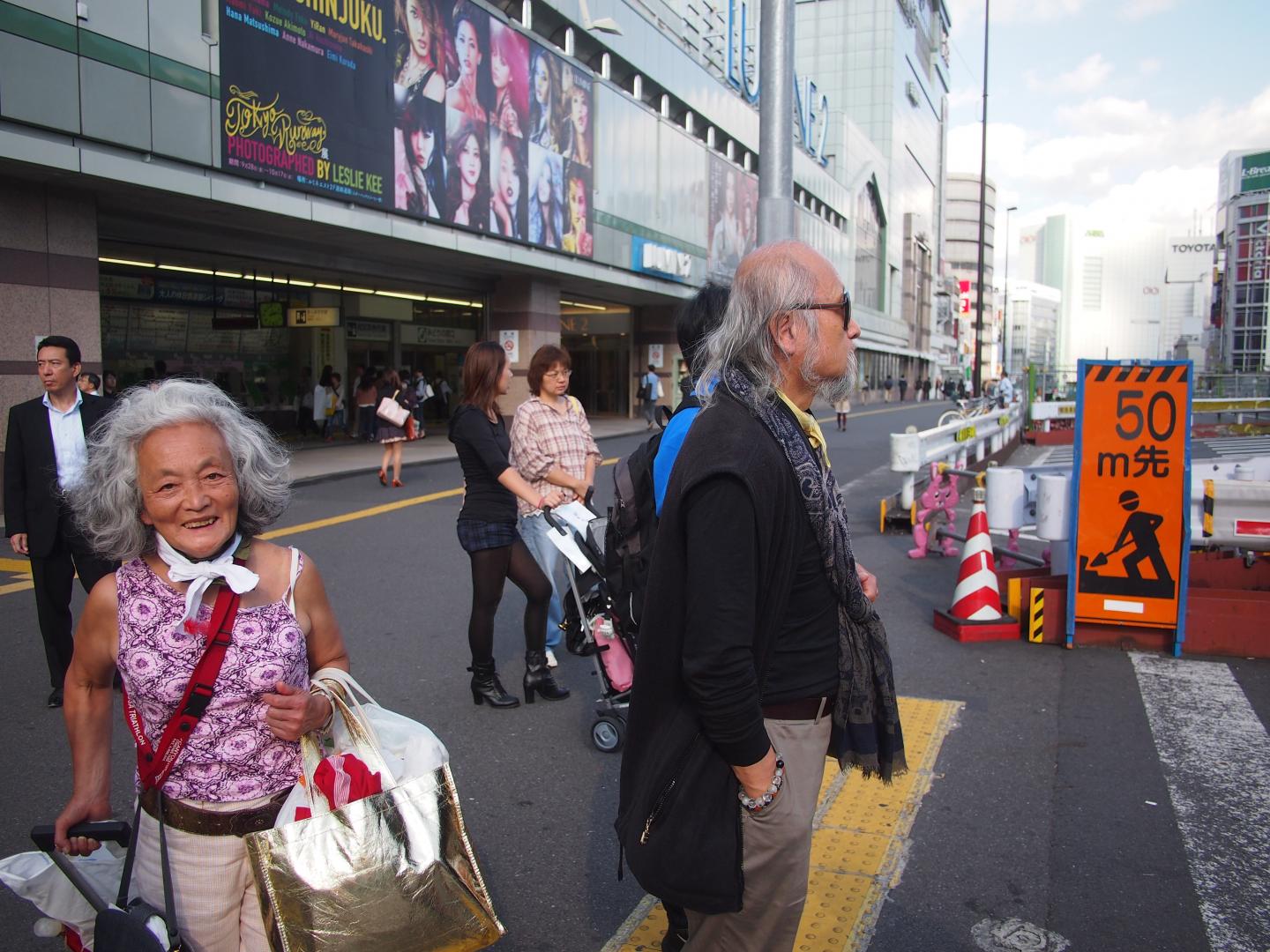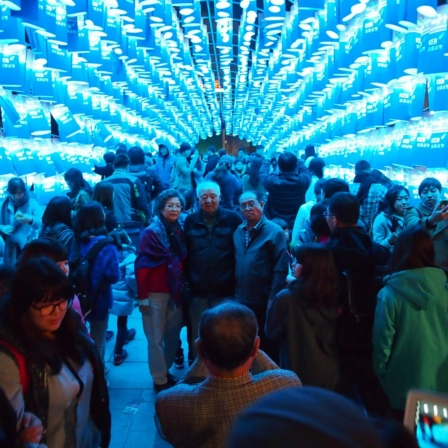Japan is a sample of a society whose hair is turning grey. And it’s looking good…
The man collecting breakfast dishes in a Tokyo hotel must be at least eighty, maybe even older. His hair is grey and his figure is slightly stooped. But he has a touch of Zen about him as he carries cups and plates into the kitchen.
The Fontaine hotel is investing in sustainability. One would assume that this would mean recruiting young people or immigrants. But because Japanese society has limited the proportion of foreigners to less than two per cent and the number of young people is small, pensioners have become an important workforce.
In Japan, the proportion of children under 14 has dropped to 13 per cent. Meanwhile, every fifth citizen is older than 65. With the way things are going, in 2040 there will be a new centenarian ready to welcome each Japanese baby brought into the world.
In recent years, nearly every grim scenario that might face an ageing society has been projected onto Japan: a terrible sustainability gap, diminishing economic growth and profitability, the endless need of the elderly for health care, and Japan’s reduced importance as a state and economy.
But Japan may surprise us all.
For me, the country has been one of the most important test laboratories for the future. In the years to come, Tokyo will do Finland a favour by discovering ways to build a new kind of prosperous society, which is socially just and regards citizens’ years as an asset, allowing them to live longer and better.
I have already detected faint signs of the sought-after social model in Japan. The model is based on two radical social concepts.
Firstly, ageing can no longer be measured in numbers and ageing is not a disease. A 70-year-old Japanese person may well have the abilities of a 50-year-old, while another may feel twenty years older and look like it, too.
The latest international research suggests that the ages of adults should be determined by biological and cognitive age indicators. The biological age concerns an individual’s health and bodily capacities, while, the cognitive age describes their ability to handle and manage information, to think, and to learn.
Secondly, we must acknowledge the facts pertaining to most developed countries and accept societies with many more old people and far fewer children and adolescents.
The average age of the Japanese is 44 and life expectancy is 83 years. In 2030, their average age will be over 52, with one in three Japanese aged over 65.
A Japanese research institute has been measuring the walking speed of Tokyo citizens of all ages in Tokyo’s subway tunnels for several years.
Presented by demographics researcher Takao Suzuki, the results indicate that the physical fitness level of elderly Japanese people has significantly improved. The biological age of a 70-year-old person today corresponds to that of a 59-old person a generation ago.
Ageing and dwindling of the population do not inevitably cause the welfare society to crumble by reducing productivity and creating a sustainability gap. Two thirds of the Japanese population wish to continue working despite reaching the official age of retirement.
Professor Hiroko Akiyama of the University of Tokyo is currently developing an interesting model for social planning and meaningful living in the city of Kashiwa. The model involves reintroducing the elderly to the core of social activities.
In the next decade, the elderly of Kashiwa will be able to work as farmers and sell products on farmers’ markets. Pensioners will also hold after-school groups for children.
And since it is Japan, the smart environment will include easily operated vehicles, smart roads, domestic robots, and game and training platforms (think of the Nintendo Wii). Keiroka Technology has developed wearable hybrid equipment that aids an old person’s movement, allowing them to bend. And thanks to remote monitoring and teleservices, those who require more care can live at home for longer.
I recently spent time in Kyoto, Sendai, and Tokyo. On weekday nights, nearly every fourth person I saw on the streets was over 60. During the day, when young people were at school and the middle-aged at work, the social scene of these cities changed completely. Every place was teeming with the elderly. The atmosphere was actually quite jovial.
The way Japanese people over 70 dress and spend time has started to change. They are letting go of traditional, age-related roles. Researchers studying ageing have indeed emphasised the fact that cultural self-image and socially acquired age group identity have an impact on a person’s desire to live and participate in a productive society.
I encountered Mrs Watanabe at the entrance of the Tokyo subway’s Shinjuku station. A lady in her 80s, she was dressed in a bohemian fashion. She had been shopping. Ascending out of the subway into the street, she lifted her face to the sun and breathed in the light. When I asked her how she liked the warmth and the light, Watanabe said she felt really young, and laughed.
And as if trying to drive the point home, a black chopper roared past us. The aged rider had tied his long grey hair back with a military-style headband.
This article was originally published in Helsingin Sanomat.


Recommended